Proprioception and its link to sports performance
26.04.2024
Science
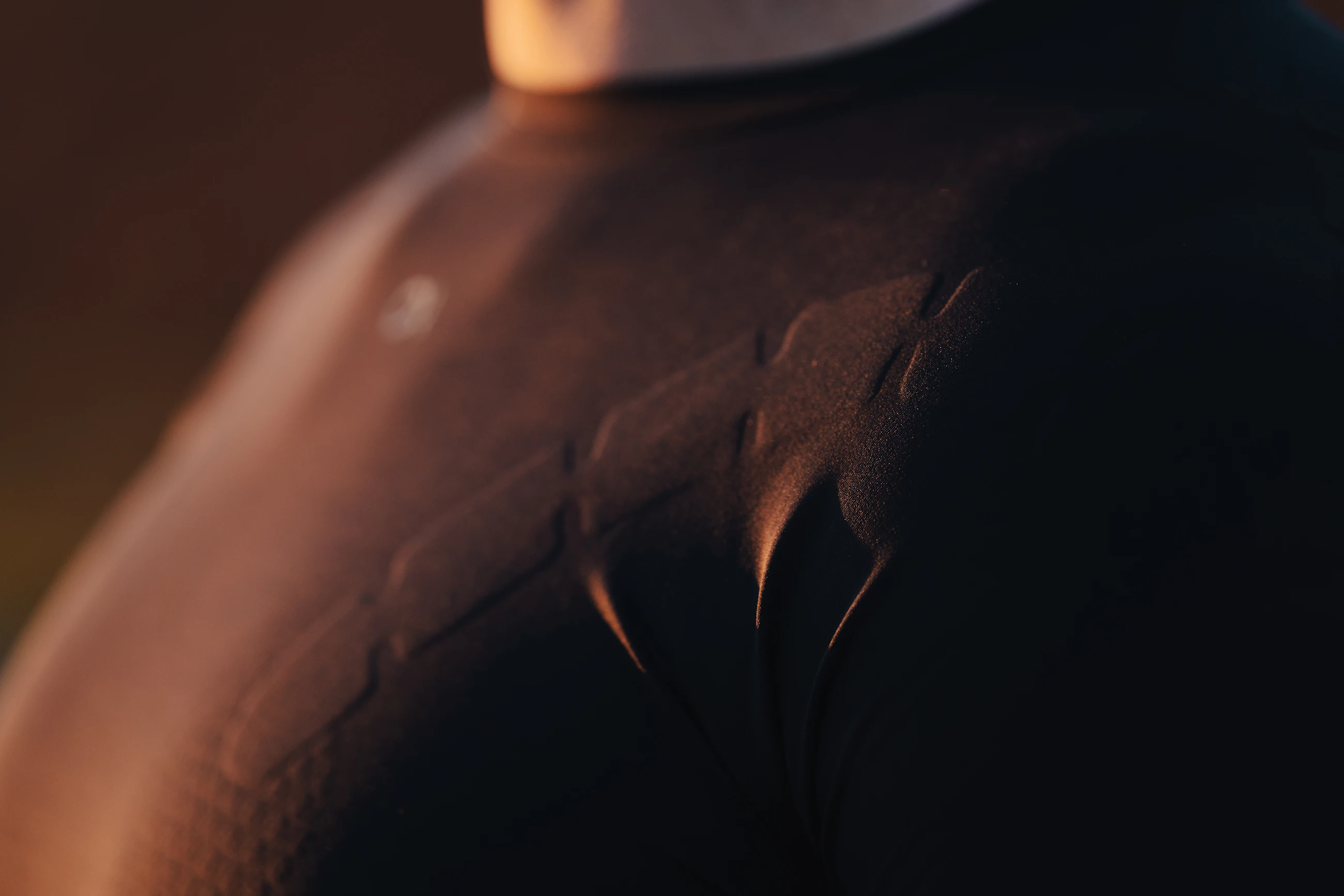
"The mind is like an iceberg; it floats with one-seventh of its bulk above water" - Sigmund Freud
Freud’s theory was that human consciousness has three parts synonymous to an iceberg: the conscious (above the waterline), the preconscious (just below the waterline), and the subconscious (a long way below the waterline). He theorised that human behaviour and personality are simply the interaction of these three states of mind.
This theory actually translates pretty well to sports performance, and to what some of us often describe on the pitch as ‘talent’. While us amateurs might be actively thinking about where the defenders are positioned, or trying to read cues from the opposition player, using our conscious mind, an elite athlete is perhaps more likely to tackle these issues in their subconscious mind. This leaves space in their conscious minds to process other information.
The preconscious mind analogy also has an interesting parallel in sport. Freud theorised that while the conscious mind contains all the things you are actively aware of at any given time, the preconscious mind consists of everything you could potentially pull into conscious awareness.
The idea that elite athletes can more effectively adapt to unexpected perturbations during performance better than amateurs is not new. In fact, many researchers suggest this adaptability is a major performance differentiator between elite and non-elite athletes [1]. This is where the preconscious mind concept becomes quite attractive. As we watch Lionel Messi glide through a gap that nobody else saw, or Serena Williams hit a backhand winner at full stretch to stun her opponent, the idea that their preconscious minds were already processing those possibilities, allowing them a distinct time advantage in executing the movement, just fits.
But what does this have to do with proprioception? Well, proprioception is another skill that we don’t really see, but that has a potentially huge impact on the performance of Messi, Williams, and all the other amazing athletes that we’re fortunate enough to watch.
What is proprioception and why is it important in sport?
Proprioception is defined as the sense though which we perceive the position and movement of our body [2], either relative to the world around us or to other parts of our body. Commonly referred to as your sixth sense, proprioception is critical to precise controlled movement and efficient athletic performance.
Take this example. If you close your eyes and wave your arms about, you will have a pretty good idea where your left hand is in space. So much so that, if asked, you’d easily be able to reach out and touch your nose or grab that drink you left on the side while keeping your eyes closed. Your brain is able to collate and process a vast amount of information based purely on feedback from proprioceptors – sensory receptors located in the muscles, joints, tendons, and skin. This feedback is happening constantly, with proprioceptors sending messages to your nervous system throughout the day.
Proprioception is often likened to running in the woods at night. In this analogy your proprioceptors are flashlights. The better your sense of proprioception, the brighter the flashlights become, allowing you to see and react to your environment far better. The signals from these receptors are now more useful to the brain, leading to a greater ability to control movement, muscle activation, and recruitment.
The brain’s ability to know where the body is in space, how its moving, and being able to adjust accordingly, is the essence of proprioception. This feedback and control loop happens so quickly, particularly in the case of postural control, that it can be seen as subconscious or reflexive in nature. This ability to sense and adapt to the ever-changing environments, situations, and stimuli in sport is at least in part the essence of expert sporting performance.
An athlete’s training helps to improve the body’s proprioceptive function [3]. The more highly developed our proprioceptive abilities, the more controlled and precise our movements, and the more able we are to adapt to the situations in front of us. Simone Biles is able to gracefully balance on a beam and perform powerful athletic manoeuvres owing in part to her highly developed proprioceptive abilities, honed over thousands of hours of practice. Antoine Dupont can accelerate, decelerate, and cut more efficiently in response to a defender’s movements partly for the same reasons. Every sport involves proprioception, and the best athletes excel in this area.
Clearly, proprioception and awareness are factors we should all be considering in our training if we want to improve. But how exactly do we work on proprioception, and how does it fit into our training?
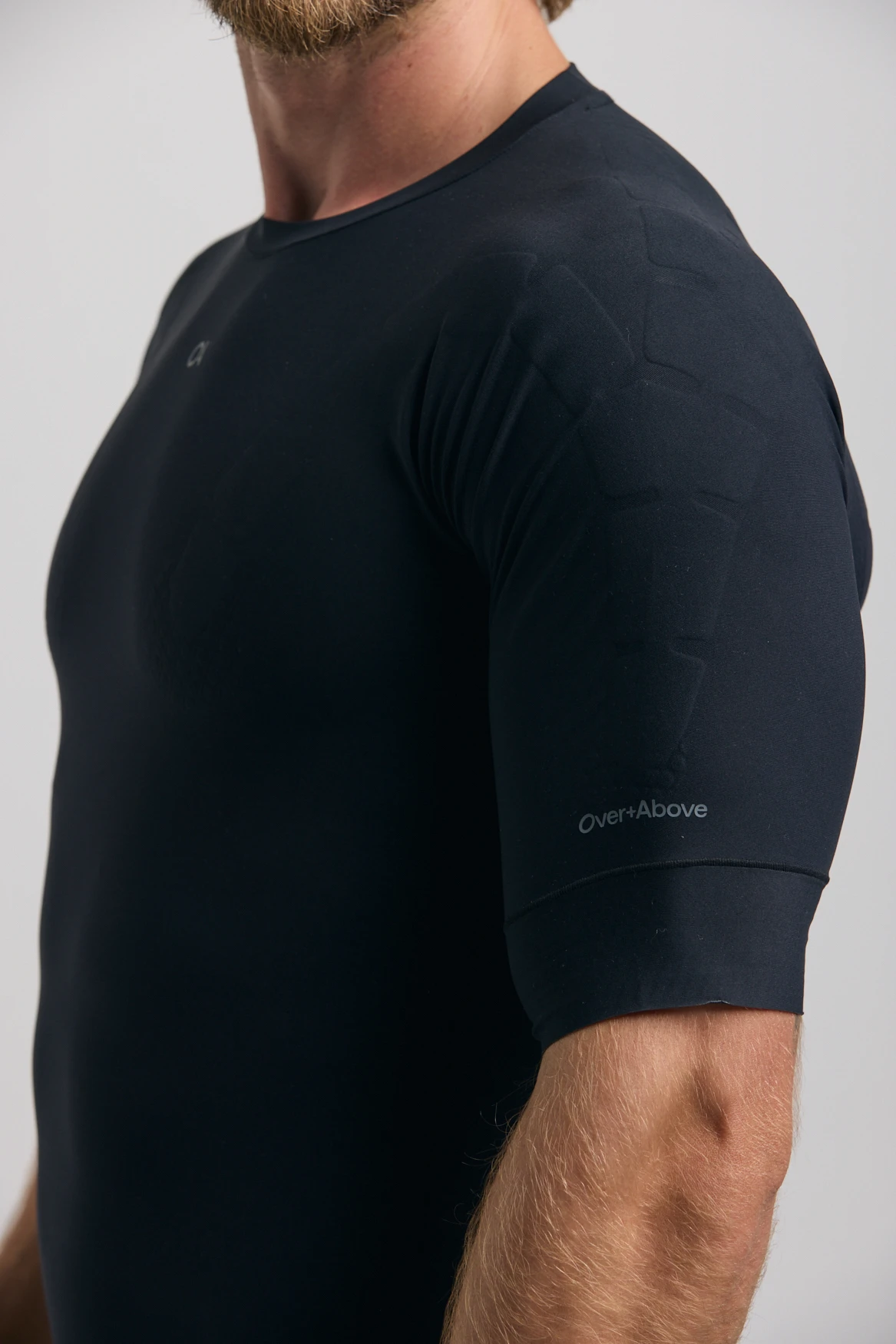
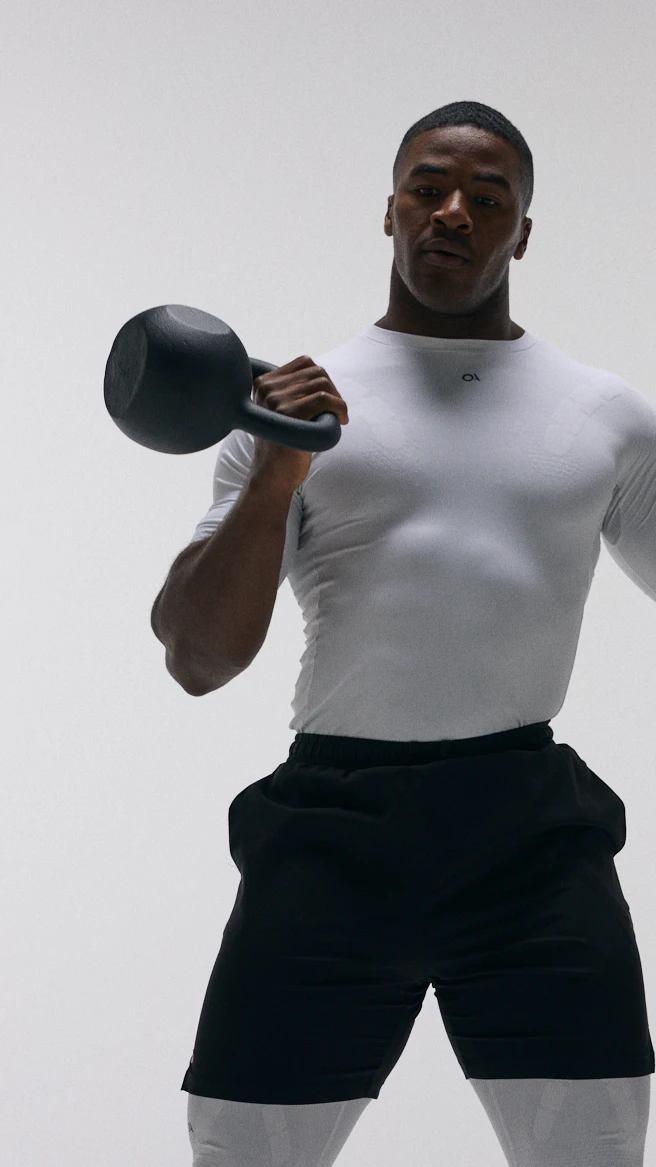
How to improve proprioception in your sport
There aren’t many more divisive statements within fitness & training circles that stating outright that a session is designed to target proprioception. Minds drift to boring ‘functional’ instability work in the gym doing squats on balance pads and BOSU balls.
However, many believe that the right quantity and style of proprioceptive training can be a genuine gamechanger to raise the athletic ceiling. In short, anyone searching for performance enhancement should be training the nervous system as well as the muscles. A well-honed proprioceptive system will not only allow for more accurate skill execution, but also improved reaction to stimuli and faster movement. As athletes we would be stupid to ignore it.
In essence, the trick to creating effective proprioceptive training is to layer sport-specific motor skills with proprioceptive development. Take your sport-specific movements, and in the simplest terms add an appropriate level of instability. This forces the body to adapt, allowing for a more effective link to be made between muscle and nervous system, promoting proper muscle recruitment and patterning, resulting in improved movement skill. The more challenging the instability, within the reasonable confines of safety and common sense, the more efficient your body becomes at finding it a solution.
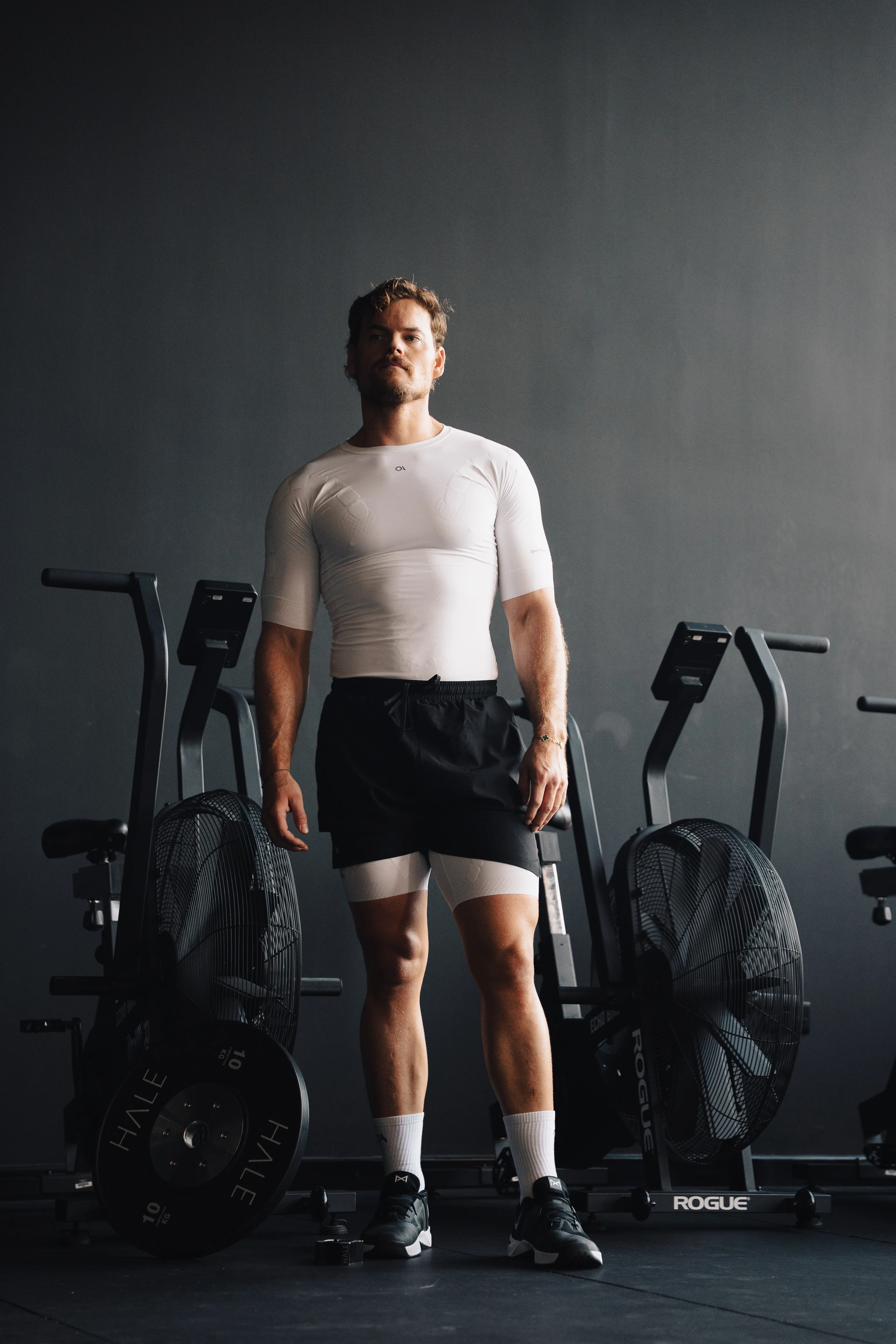
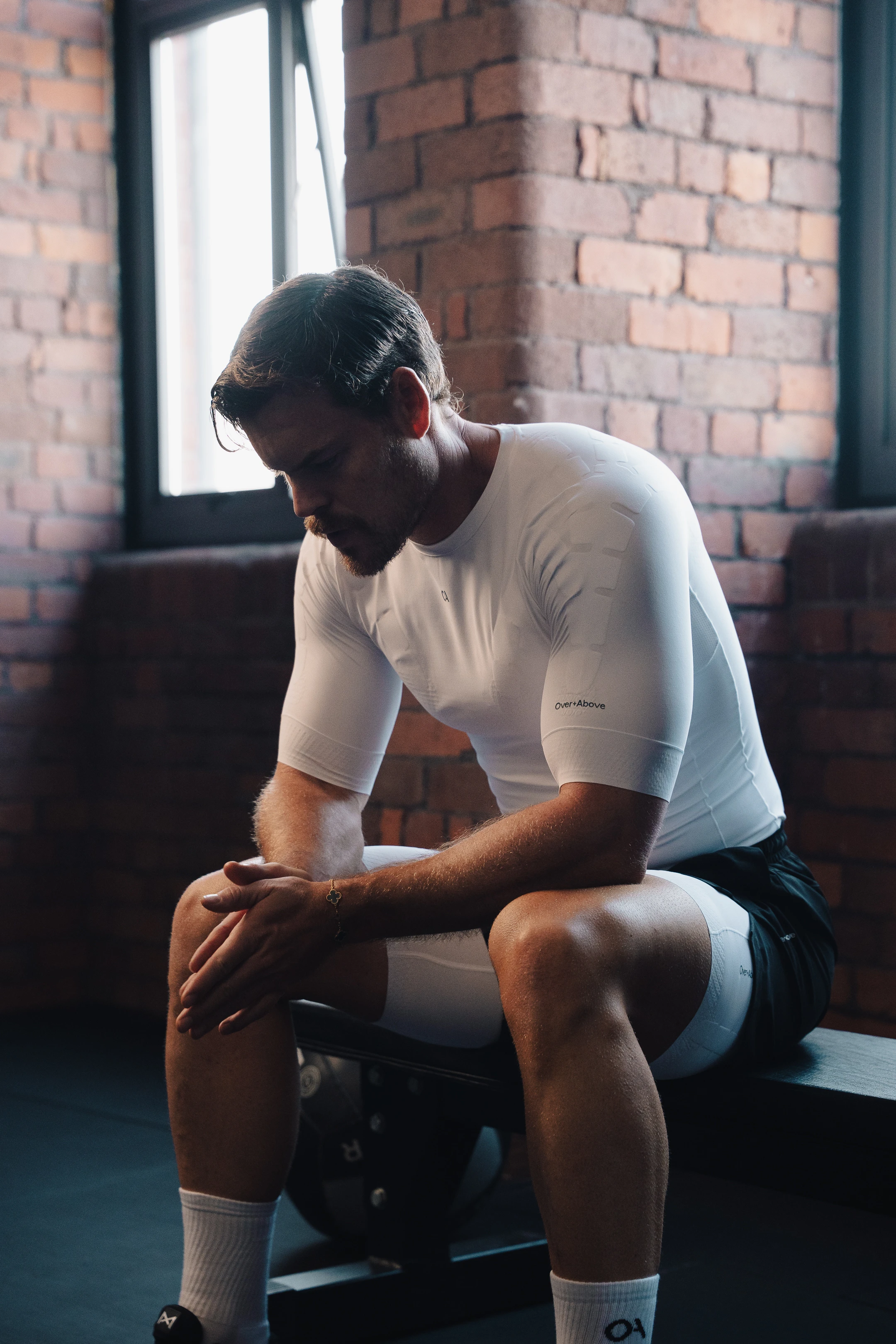
Where does this fit in your training?
This is ultimately where the coach and their creativity come in. Each sport has different fundamental movements and requirements, but there are a few common ways to integrate proprioceptive training into your routine:
In the warmup
The warmup is actually a great place to incorporate instability training, essentially using it as a wake-up drill for both the nervous system and the musculoskeletal system. Rather than just going through the motions, challenge your body and brain before practice or game play, making sure to build some instability and decision making into your sport-specific movements.
During gym work
Within the relatively safe confines of the gym, instability can be created using wobble and balance boards or resistance bands in both static and dynamic exercises. Consider everything from isometric holds to controlled plyometrics, generally without external loading, in favour of a focus on precision and stability. Use your creativity here to add perturbation and instability to your regular exercises, and even make things competitive between athletes. Don’t forget to make these movements at least as multi-directional as your sport is. By only training in a linear fashion, you are asking for trouble.
Rehab & return to play
Proprioceptive work is perhaps most common in a rehab scenario, either with the goal of correcting movement, posture, or improving muscle recruitment and patterning during return to play. We’ll cover this in a future article, but the potential benefits of proprioceptive training in both rehab and injury prevention are huge, and as a result should not be overlooked.
A word of warning
This all sounds fantastic, and if you’ve read this far, I bet you’re buzzing to go out and try something new at your next session. But before you do, please make sure you’re using your common sense and staying safe.
The best way? In short, start simple. Not every exercise is improved by adding instability. And not all training is more beneficial by adding weight. Unstable movements with substantial loading are inherently unsafe, so work your way up starting with simple bodyweight exercises. You’ll soon see the benefits even without external loading.
How the ProPrio system taps into your sense of proprioception
All Over+Above garments are anatomically engineered with our patented Proprio system. During movement the garment stretches with your body, being held in place by grippy silicone cuffs and hems. Sensory nodes positioned over superficial stabiliser or active muscles, and connected by sections of the integrated flexible skeleton, gently grip the skin and resist extension.
This resistance to extension and recovery towards the neutral position, combined with gentle grip at either end of the skeleton sections, causes mechanical deformation of the skin at the sensory node sites. This interaction with the skin aims to stimulate tactile mechanoreceptors, effectively amplifying afferent feedback to the nervous system. In other words, providing a novel sensory input, making the brain more aware of the position and movement around that specific location.
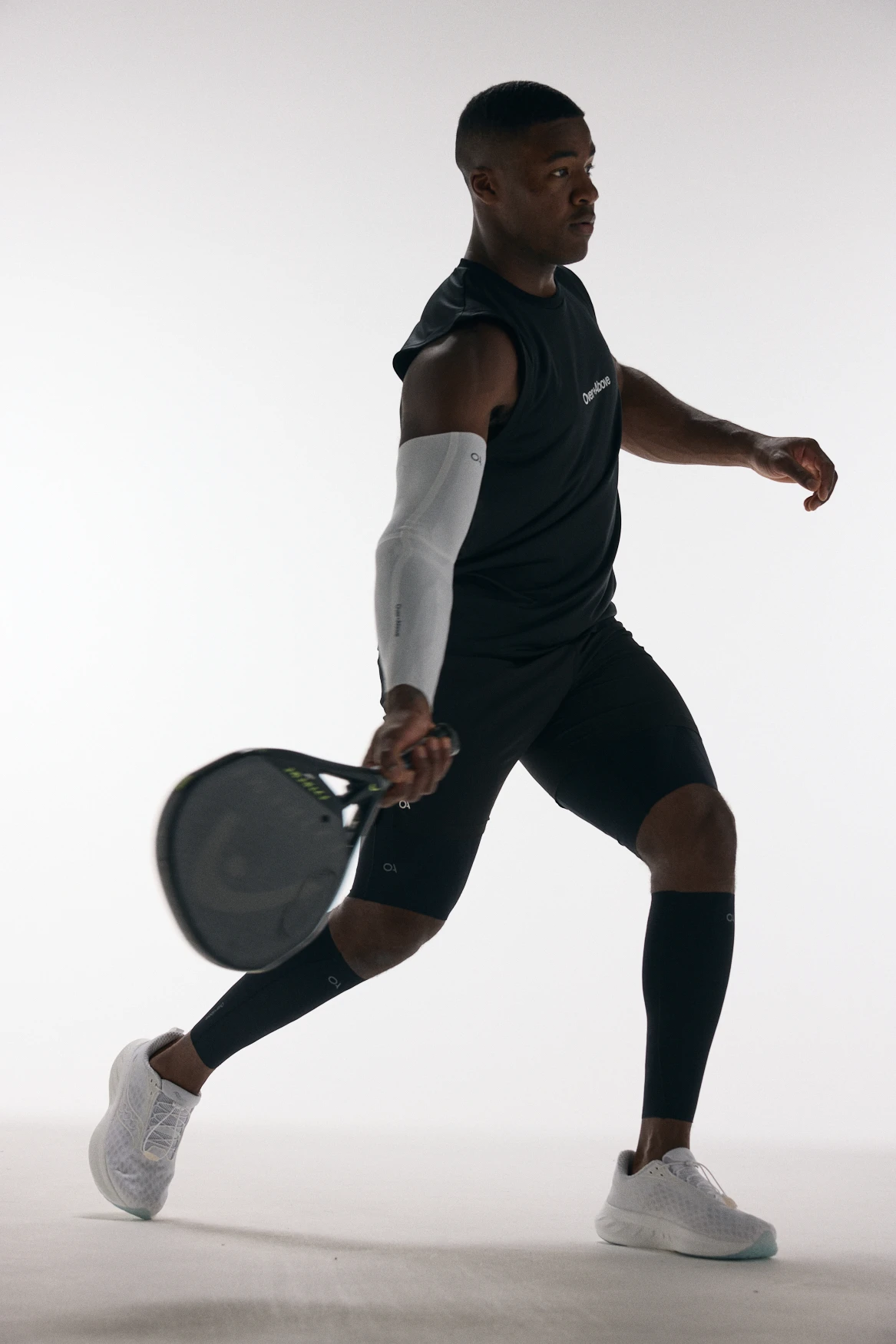
What does wearing Over+Above feel like?
Athletes’ experiences of wearing ProPrio garments for the first time does vary, with feedback ranging from “I can definitely feel something going on” to “wow, it really makes me feel connected to my body”. Once you get moving, you can expect to experience some benefits immediately. Whether improved running efficiency, a locked in feeling each time you contact the ground, support around that area that’s been bothering you, or simply a spring in your step.
By increasing awareness of your body and its motion, the ProPrio system helps you connect with every movement and perform with increased efficiency. We can’t promise to turn you into Lionel Messi or Serena Williams overnight. But by incorporating Over+Above apparel alongside some targeted proprioceptive training, we’re confident you’ll start to move with more control, adapt better to instability, and ultimately perform with greater efficiency every session.
References
[1] Williams, M, Ford, P, et al. (2018). Expertise in sport: specificity, plasticity, and adaptability in high-performance athletes. The Cambridge handbook of expertise and expert performance, 653-673.
[2] Taylor, J. (2013). Proprioception - an overview. Sciencedirect.com. Retrieved April 24, 2023.
[3] Han, J, Anson, J, et al. (2014). Sport attainment and proprioception. International Journal of Sports Science & Coaching, 9(1), 159-170.
New arrivals
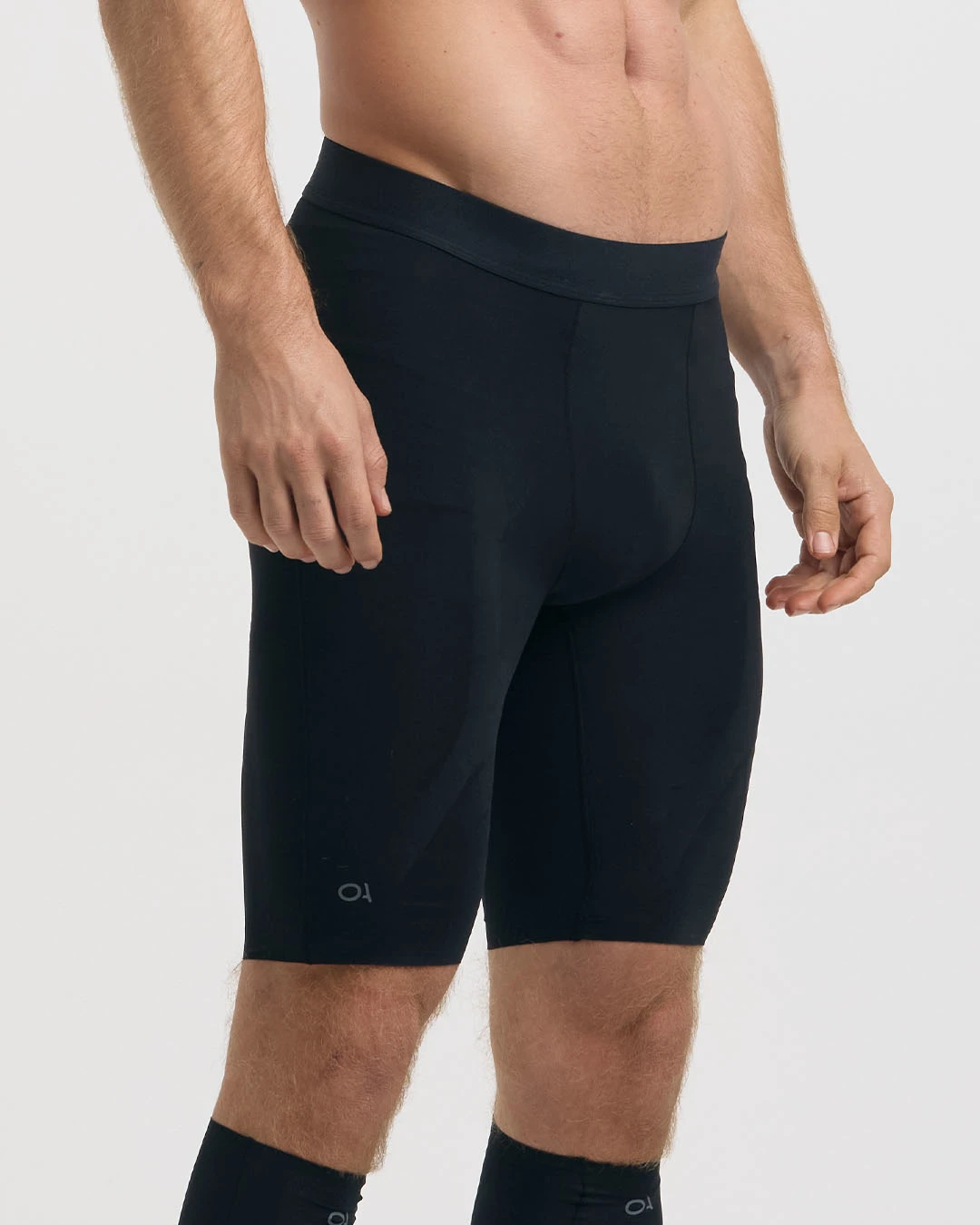
Mens
ProPrio Performance Half Tights
(5)
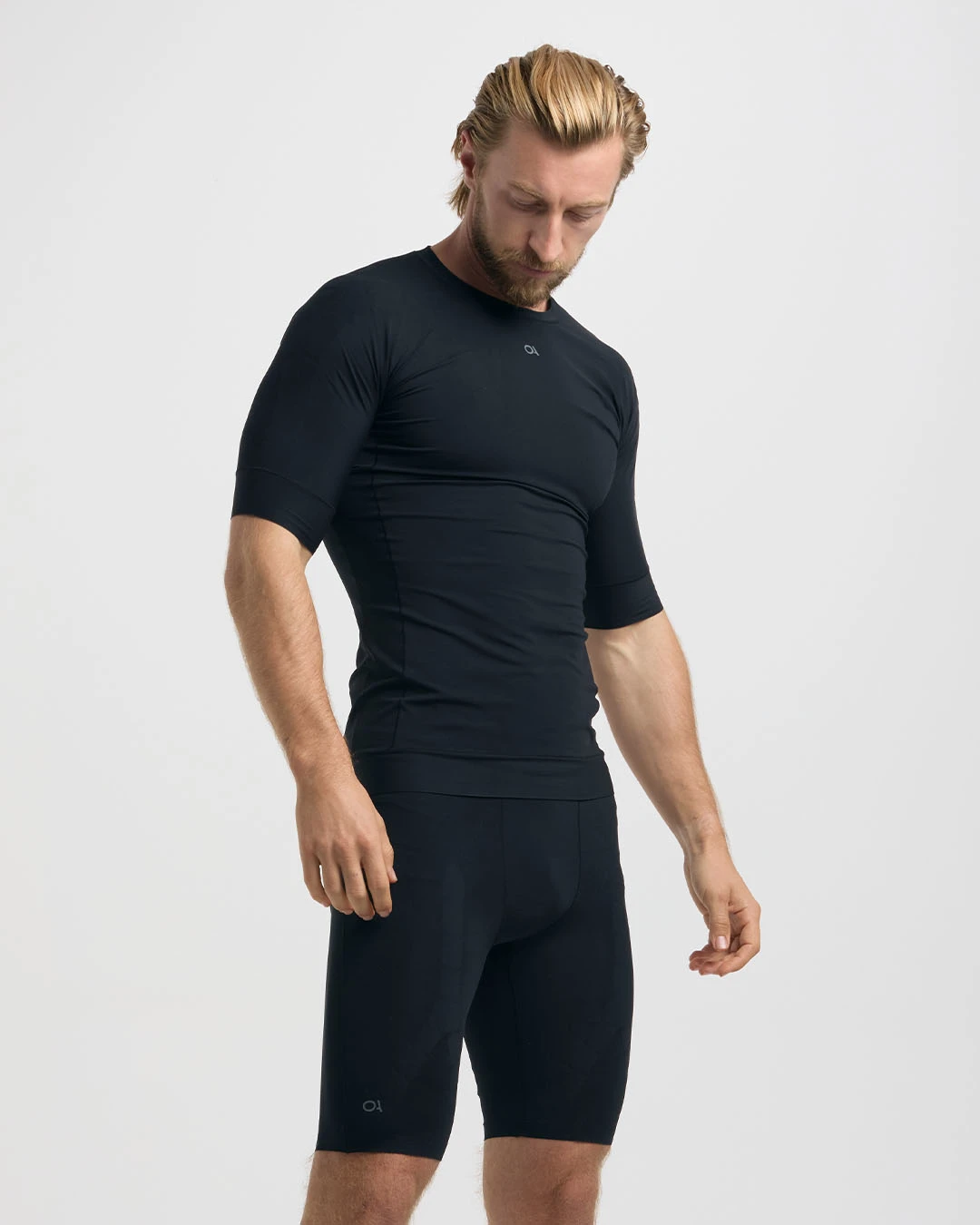
Mens
ProPrio Performance Short Sleeve Top
(2)
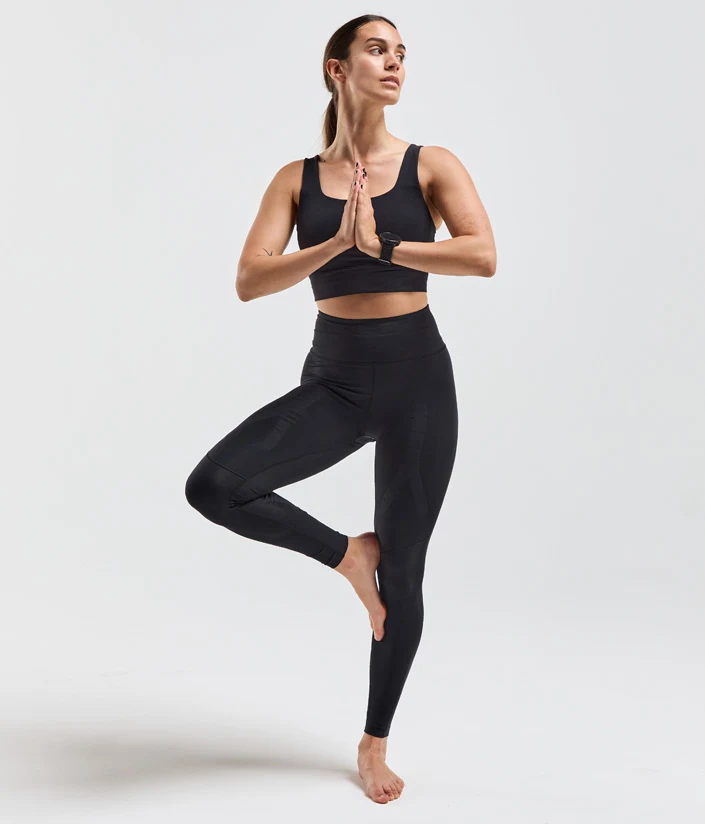
Womens
ProPrio Performance Full Tights - High Rise
(0)
More articles...
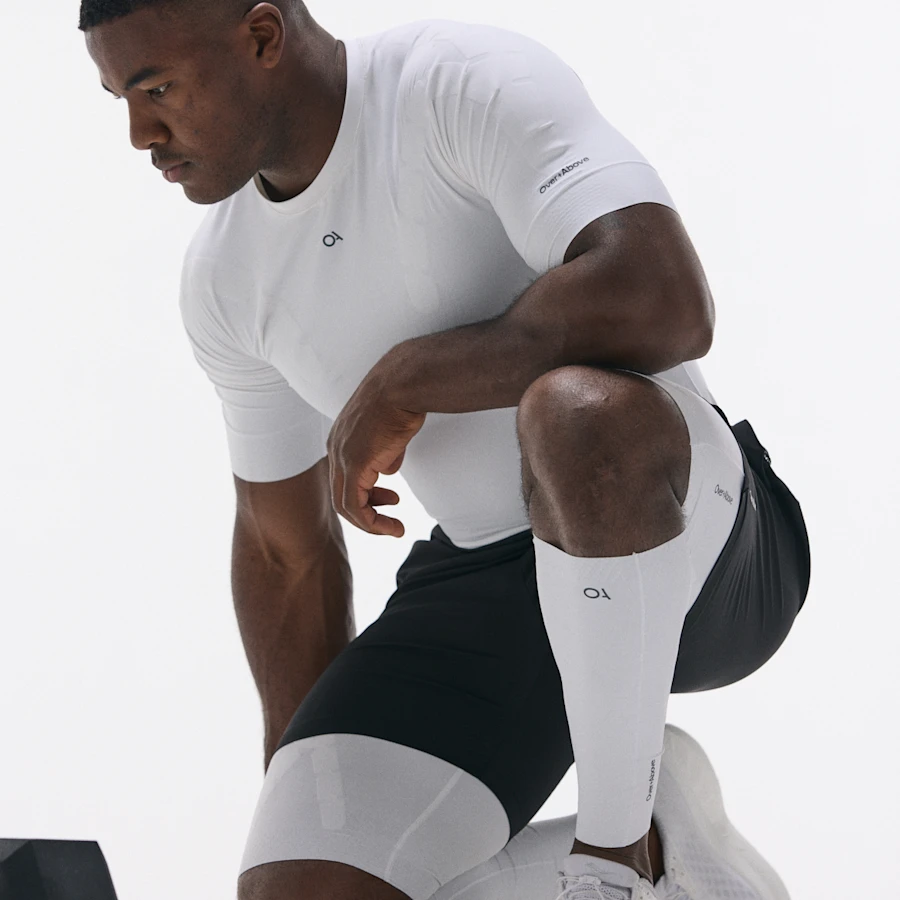 5 Signs You Need Compression Clothing in Your Gym RoutineScience
5 Signs You Need Compression Clothing in Your Gym RoutineScience5 Signs You Need Compression Clothing in Your Gym Routine
19.12.2025
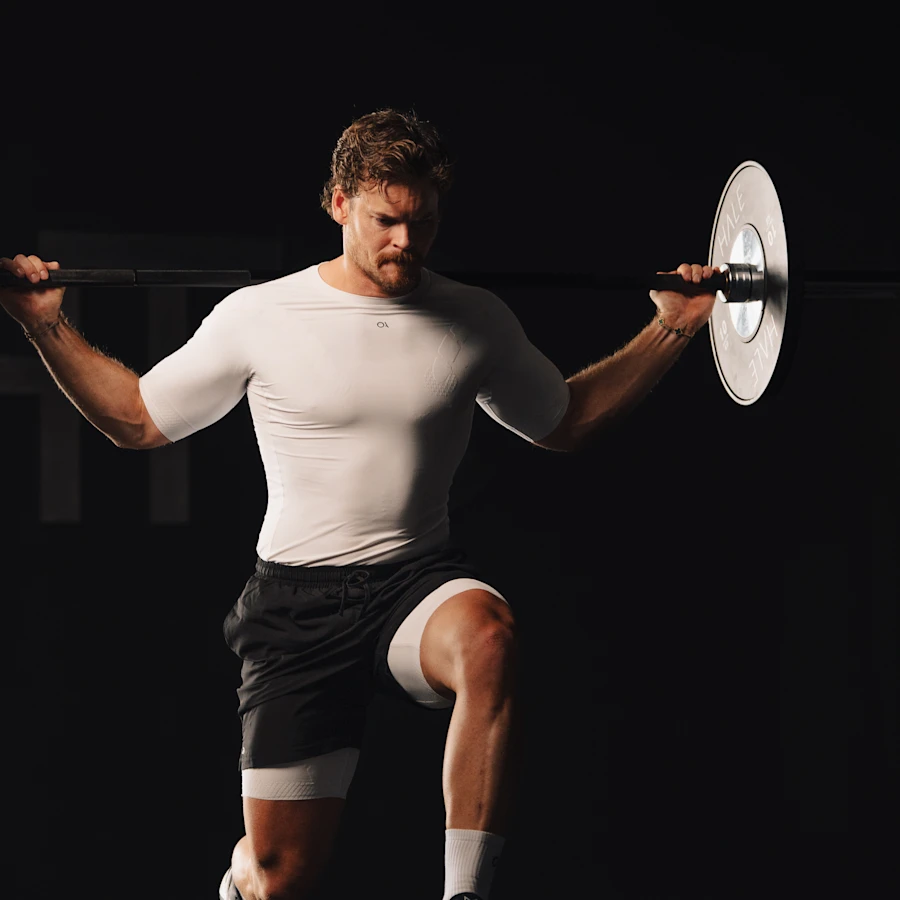 Compression vs. Regular Activewear: What’s Better for Recovery?Science
Compression vs. Regular Activewear: What’s Better for Recovery?ScienceCompression vs. Regular Activewear: What’s Better for Recovery?
12.12.2025
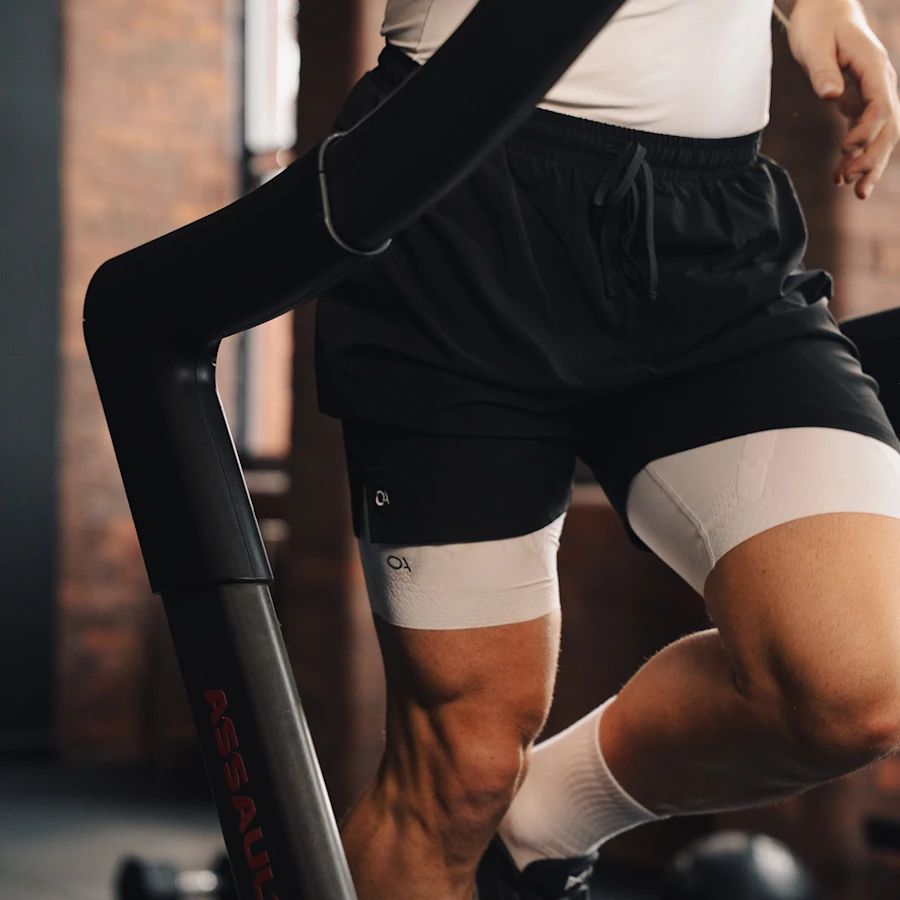 The Complete Guide to Compression Sportswear for Everyday TrainingScience
The Complete Guide to Compression Sportswear for Everyday TrainingScienceThe Complete Guide to Compression Sportswear for Everyday Training
05.12.2025


